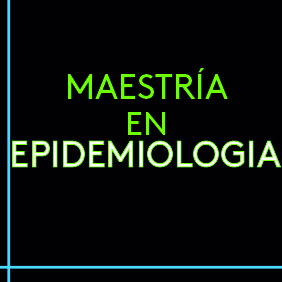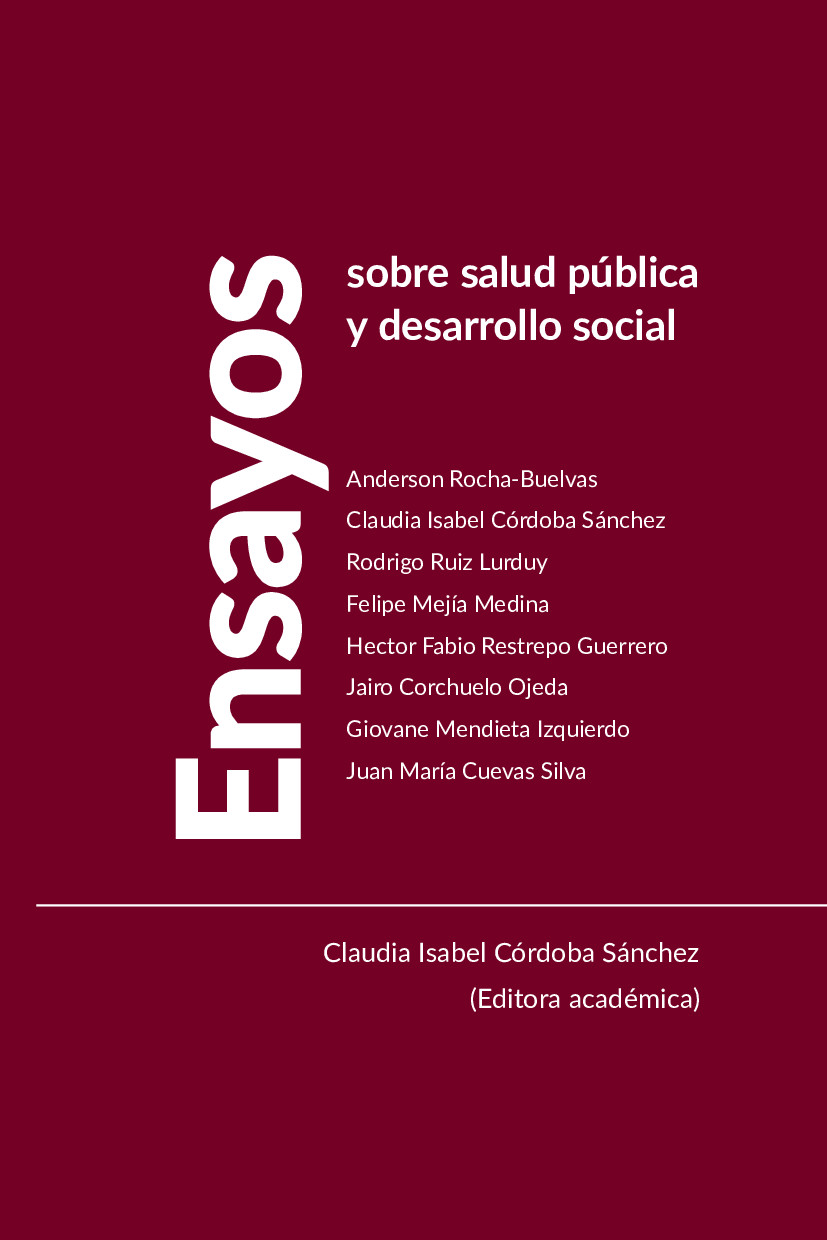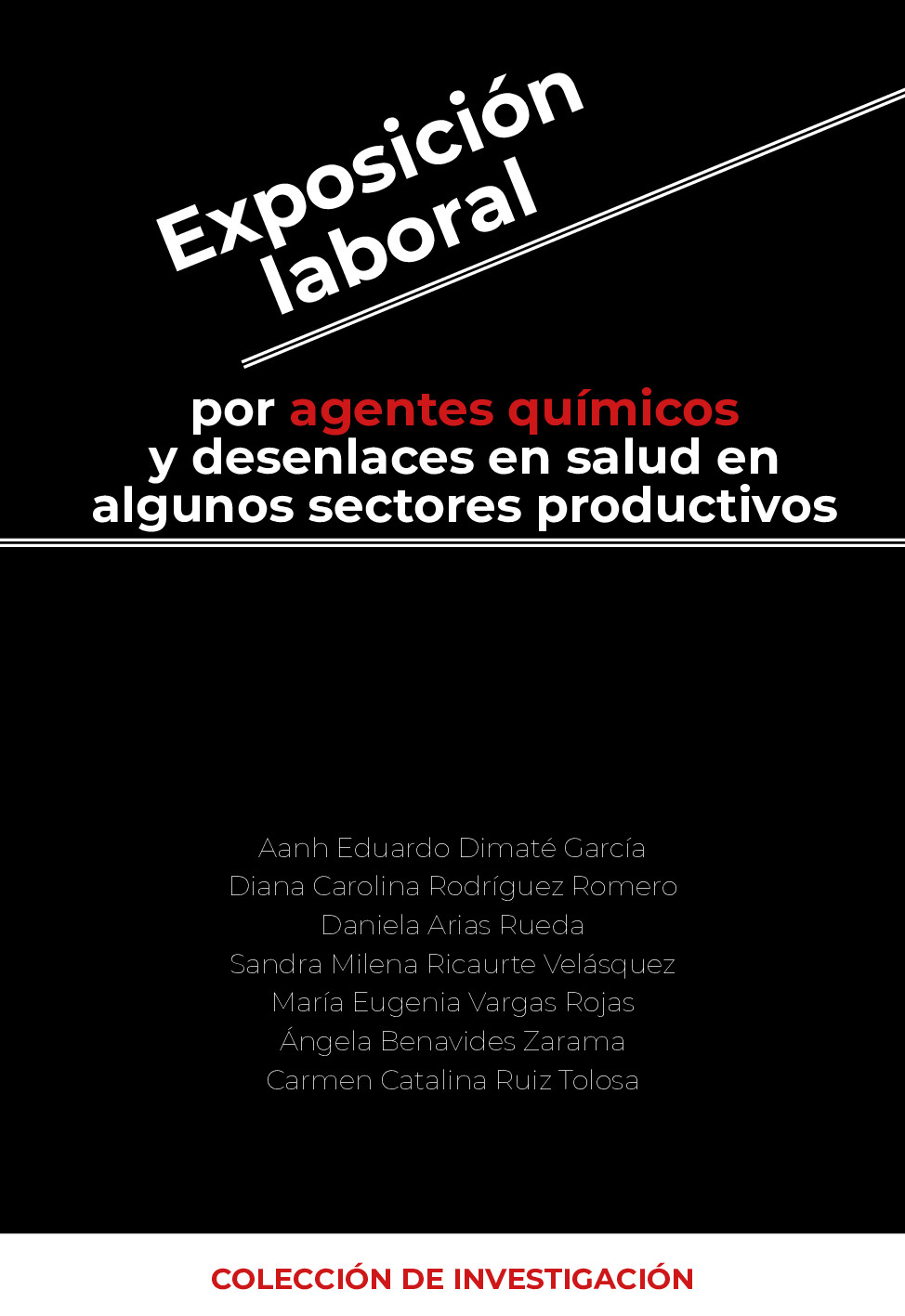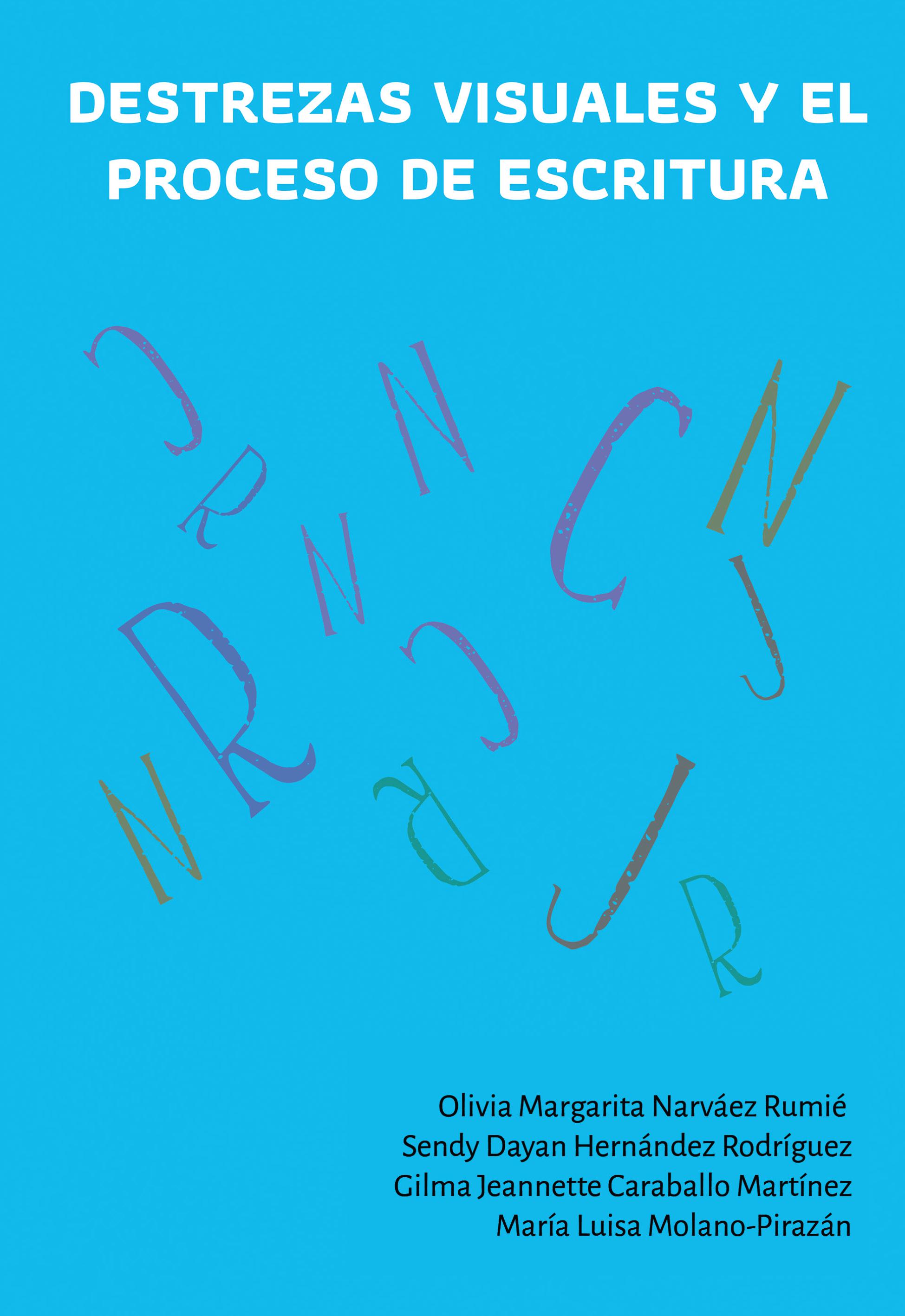Ver / Descargar
How to Cite
Sánchez Montaña, H. A., Zapata Giraldo, P. C., Delgado Solarte, Y. C., y Potes Flórez, M. (2019). The keratometry as a predictor variable of ametropy: a diagnistic study in schooled population between the ages of 5 to 19 in the city of Pereira . Revista Investigaciones Andina, 21(38), 125-137. https://doi.org/10.33132/01248146.995
More Citation Formats
Abstract
Objective: The purpose of this research was to determine the relationship between corneal curvature and refractive errors in schooled population between the ages of 5 to 19 in the city of Pereira in 2014. Materials and Methods: This is a descriptive correlational observational study, in which the simple linear regression model between keratometry and retinoscopy is indicated. Through static retinoscopy and keratometry, refractive error was evaluated in 915 students of Pereira. Results: The cylindrical value obtained for the RE (right eye) oscillates between -0.12 and -5.50 dpt and for the LI (left eye) -0.12 and -6.12 dpt, where 86.6% of the Axis (ME in Spanish) RE is between 38.00 and 43.88dpt, while 87.2% of Axis LE is between 32.00 and 43.88dpt. The positive ametropia for the RE is between 0.25 and 8.00dpt, for the LE 0.25 and 7.50dpt, the negative in RE 6.00 and OI 6.50dpt as maximum values. In relation to corneal curvature and ametropias, the RE shows a negative Pearson correlation of -0.21 (p = 0.0001). In the LE the Pearson correlation is also negative, of -0.20 (p = 0.0001). Therefore, the relationship found between these two variables is only 5.1% and 4.7% for RE and LE respectively. Conclusions: The relationship between corneal curvature and refractive errors according to this model only explains an insignificant percentage that does not have clinical importance, it is a 4.9% on average of the value obtained in the refractive error in both eyes, therefore, it does not allow a prediction of refractive errors based on the radius of corneal curvature.
Licence
Authors should declare no conflicts of interest either for reasons of financing the project which is the result of the article; as well as intellectuals, academics, moral and investigative reasons.
The Journal of Andean Research is home to the ethical rules for publications issued by the COPE: http://publicationethics.org/resources/code-conduct
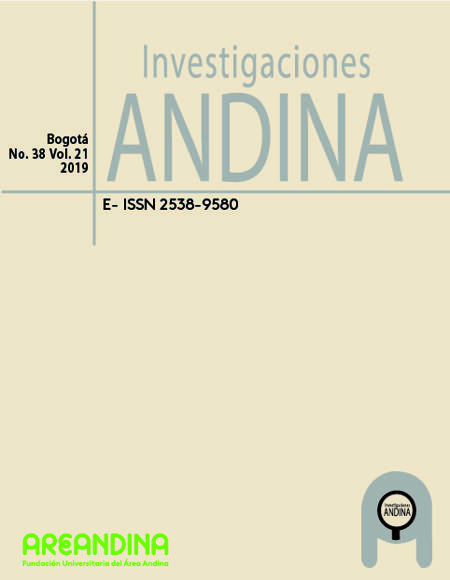
 PDF (Español (España))
PDF (Español (España))
 FLIP
FLIP







